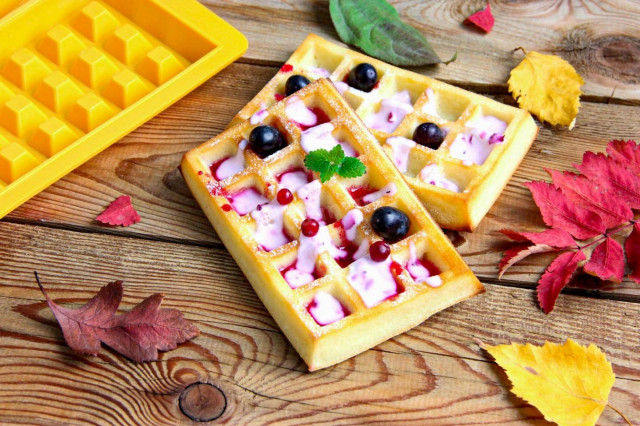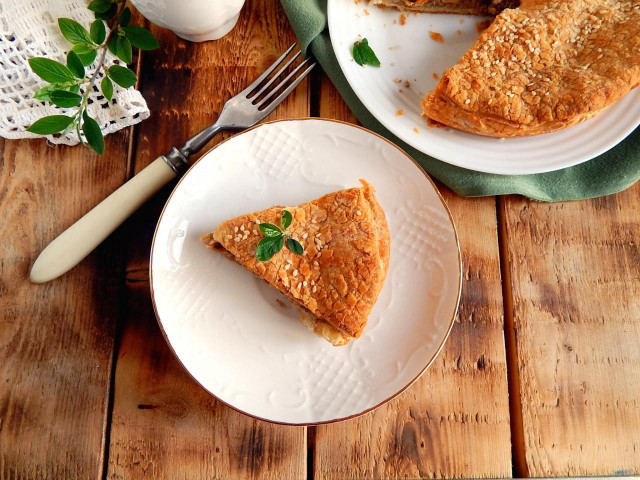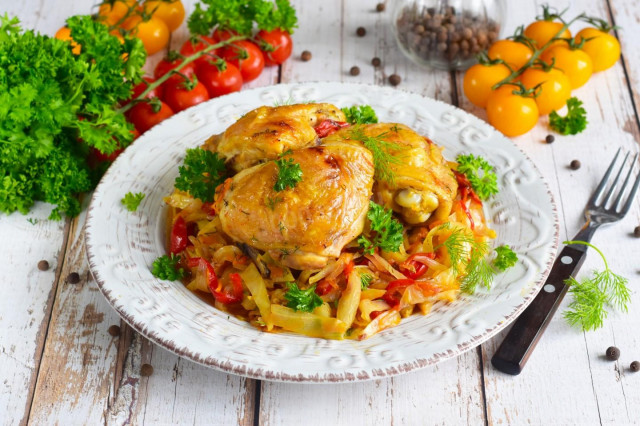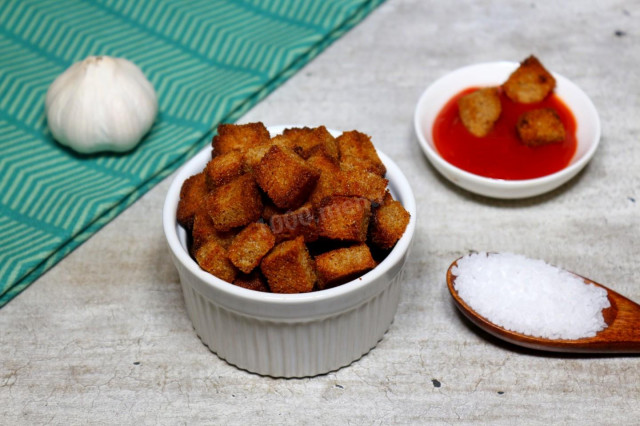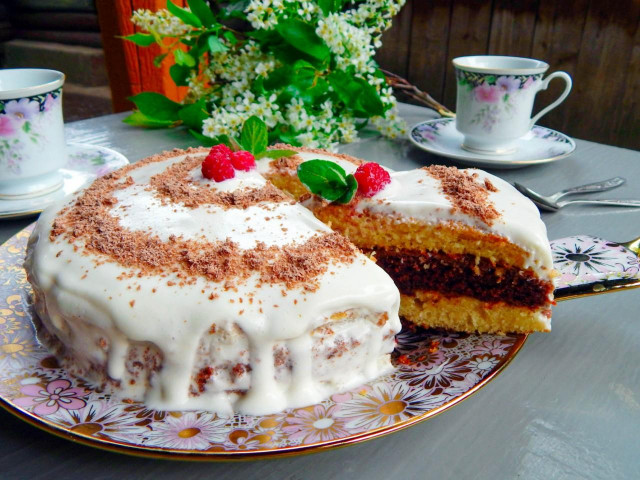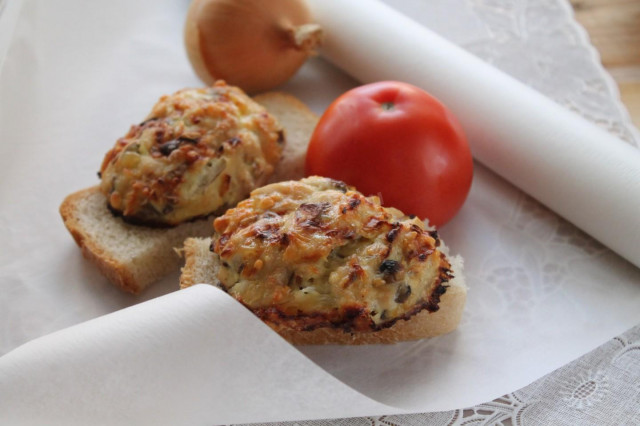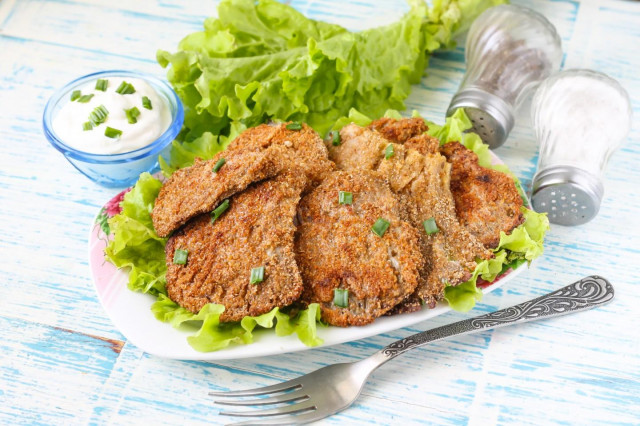Composition / ingredients
Step-by-step cooking
Step 1:
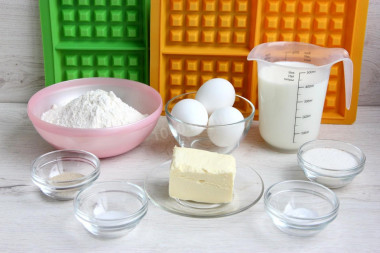
How to make waffles in the oven? Prepare the products. In order for the waffles to rise well and remain lush, all the ingredients must be at room temperature. Remove the milk and eggs from the refrigerator in advance. If you did not have time to do this, then warm up the milk, and keep the eggs in warm water. Take high-quality, natural oil, without vegetable additives.
Step 2:
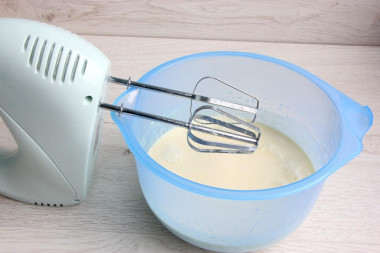
Melt the butter in any convenient way. Pour it into a bowl, cool it down a little. Enter the eggs one by one, add warm milk. Mix the products with a mixer at low speed, without beating them much, just mix.
Step 3:
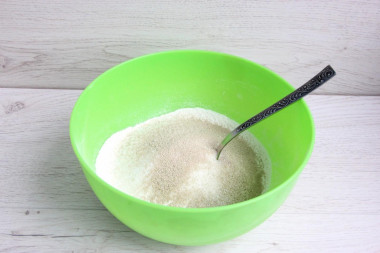
Add sugar, salt, vanilla, yeast to the sifted flour and mix them. Take the yeast exactly those that can be immediately added to the flour, this is indicated on the label. It is important to sift the flour to saturate it with oxygen. Then the waffles will turn out to be airy and will rise well when baking.
Step 4:
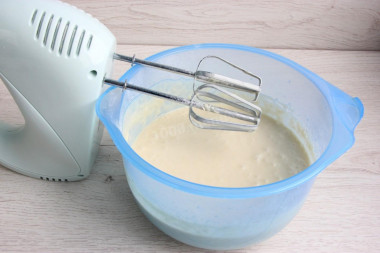
Add flour with additives to the liquid components in parts, mix a homogeneous, non-thick dough with a mixer. The consistency is like a thin, fatty sour cream. Let it stand, and in the meantime preheat the oven to 220 degrees.
Step 5:
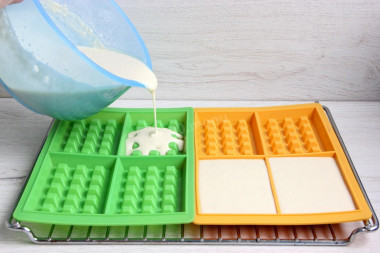
Put the molds on the grill and pour the dough, hiding the convex squares, but no more, the dough will rise well. I have a form of 18x28, cell 8x12.5. The test is enough for 10 such waffle cells.
Step 6:
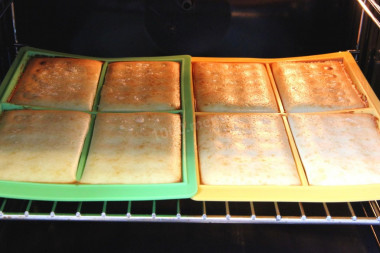
Bake the waffles until lightly golden, when the dough rises and seizes well. It can be 8-9 minutes, in my oven 13-15.
Step 7:
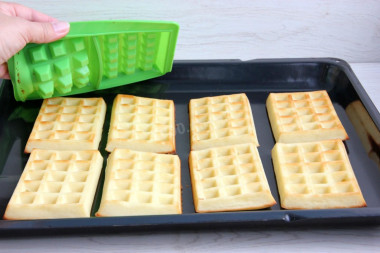
Then remove the waffles from the mold, moving them to the baking tray with the relief up.
Step 8:
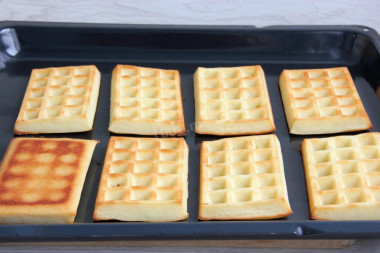
Continue baking them for another 4-6 minutes before browning, also at 220 degrees. Remove the finished waffles from the oven, cool slightly. Serve with berries and fruits, sweet and unsweetened berry sauces, whipped cream, yogurt, chocolate chips, a ball of ice cream. Bon appetit!
Be sure to wash the eggs before use, as even the seemingly clean shell may contain harmful bacteria. It is best to use food detergents and a brush.
Be prepared for the fact that flour may need more or less than indicated in the recipe. Focus not on the amount of flour, but on the desired consistency of the dough. To avoid mistakes, read about flour and its properties!
Keep in mind that everyone's ovens are different. The temperature and cooking time may differ from those specified in the recipe. To make any baked dish successful, use useful information about the features of ovens !
Caloric content of the products possible in the composition of the dish
- Whole cow's milk - 68 kcal/100g
- Milk 3.5% fat content - 64 kcal/100g
- Milk 3.2% fat content - 60 kcal/100g
- Milk 1.5% fat content - 47 kcal/100g
- Concentrated milk 7.5% fat content - 140 kcal/100g
- Milk 2.5% fat content - 54 kcal/100g
- Chicken egg - 157 kcal/100g
- Egg white - 45 kcal/100g
- Egg powder - 542 kcal/100g
- Egg yolk - 352 kcal/100g
- Ostrich egg - 118 kcal/100g
- Whole durum wheat flour fortified - 333 kcal/100g
- Whole durum wheat flour, universal - 364 kcal/100g
- Flour krupchatka - 348 kcal/100g
- Flour - 325 kcal/100g
- Granulated sugar - 398 kcal/100g
- Sugar - 398 kcal/100g
- Butter 82% - 734 kcal/100g
- Amateur unsalted butter - 709 kcal/100g
- Unsalted peasant butter - 661 kcal/100g
- Peasant salted butter - 652 kcal/100g
- Melted butter - 869 kcal/100g
- Salt - 0 kcal/100g
- Vanillin - 288 kcal/100g
- Dry yeast - 410 kcal/100g

